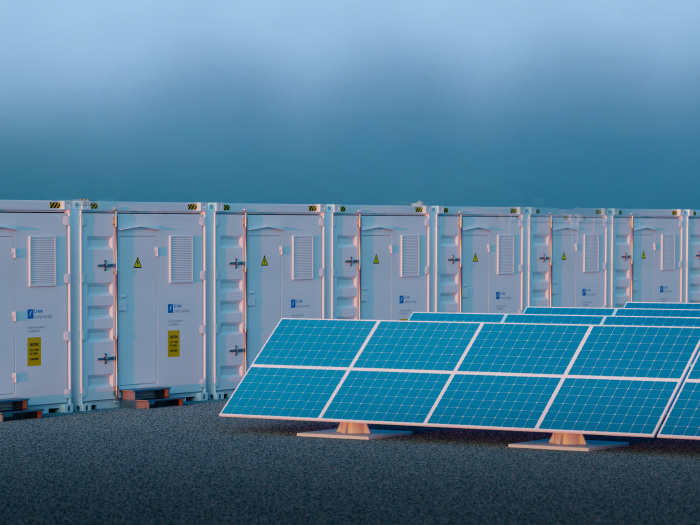News
better business decisions
Posted 6 years ago | 2 minute read

T-4 Capacity Auction: It’s not about capacity, it’s about flexibility
“It’s not about capacity, it’s about flexibility” Michael Phelan, CEO at Endeco Technologies (soon changing name to Gridbeyond) commented on the recent T-4 capacity auction result
“This year’s T-4 auction has seen a seismic shift in National Grid’s attitude to capacity. The low clearing price of the auction (at just £8.40/kW/year) suggests that the market is increasingly valuing flexibility, rather than capacity. The ability to swiftly adjust and accurately control consumption, rather than the blunt delivery of power onto the system with lots of advanced notice, is of greater significance.”
“The value being so close to that of last week’s T-1 indicates that the market is flooded with available capacity. The types of capacity will drive the next challenge that National Grid faces. With the proliferation of renewables, the issues now revolve around how firm the generation is and how to counter that with flexibility, rather than the amount of available power.”
“The ratio of won to failed MW in DSR was around 50/50. When comparing that to the 5 percent awarded to new build generating CMU, it’s fair to say that the days of high prices and the encouragement of new generation plants are behind us. Having anticipated the shift away from slow acting reserve services a few years ago, we mitigated the risk of a drop in capacity value by ensuring all of our clients are participating in faster response balancing services. That said, on analysing the post-clearance data, we can see that 199 of the 802 auction bids were DSR units.”
“In 2008, when the recession hit hard, manufacturing and heavy industries were significantly impacted and many closed down. This resulted in a decline in demand. However, as the economy picked up, the demand still continued to decline. The increase in embedded generation, such as on-site solar and CHP, led to less demand on the grid but a need for finer balancing.”
“Peak demand has been consistently declining since 2005. Following the results of both T-1 and T-4 auctions as well as grid trends, we may see grid stability turned on its head in a few years’ time, with a less stability in the Summer than the Winter.”
For more information on how the capacity market works, download our guide.







